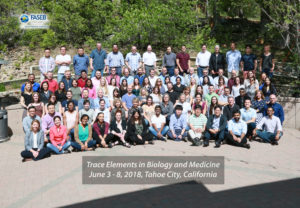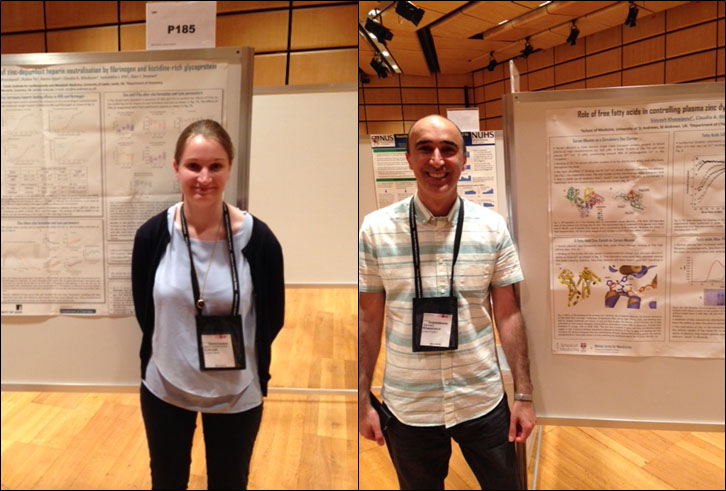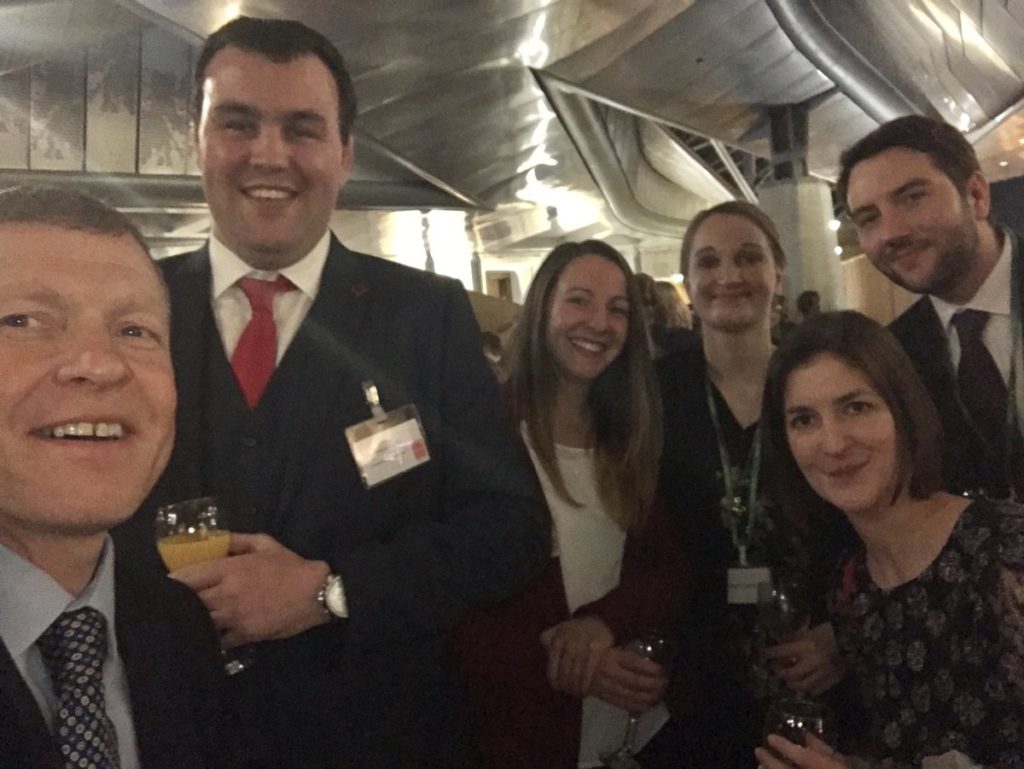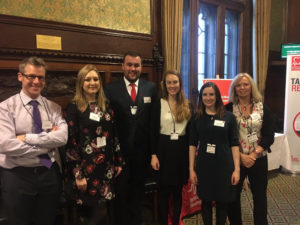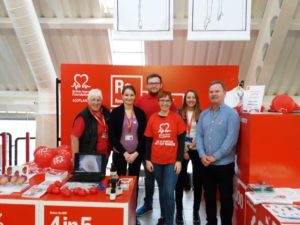Age-related macular degeneration (AMD) is a common cause of site loss associated with the formation of proteinous deposits that block circulatory exchange with the retina. The factors that contribute to deposit formation are not well understood. Recently, the presence of spherular hydroxyapatite (HAP) structures within these deposits was discovered to which several AMD-associated proteins were bound. This suggests that protein binding to HAP represents a potential mechanism for the retention of proteins and thus deposit formation.
As part of a Fight for Sight-funded study, the Stewart lab set about identifying circulating plasma proteins that may contribute to deposit formation through binding to HAP using SWATH-MS proteomics. The study, in collaboration with Dr Imre Lengyel (Queen’s University Belfast) utilised blood plasma samples taken from phenotyped late-stage AMD patients (some of whom carry an “at risk” genetic variation, CFH T402H in their DNA). From a library of 242 identified HAP binding plasma proteins, significant quantitative differences in the abundance of 32 HAP-binding proteins (p<0.05) between the two homozygous groups (“normal” vs “at-risk”). The concentrations of six proteins (FHR1, FHR3, APOC4, C4A, C4B and PZP) in the HAP eluted fractions and whole plasma were further analysed using ELISA and their presence in sections from human cadaver eyes was examined using immunofluorescence.
The published article is available here.


